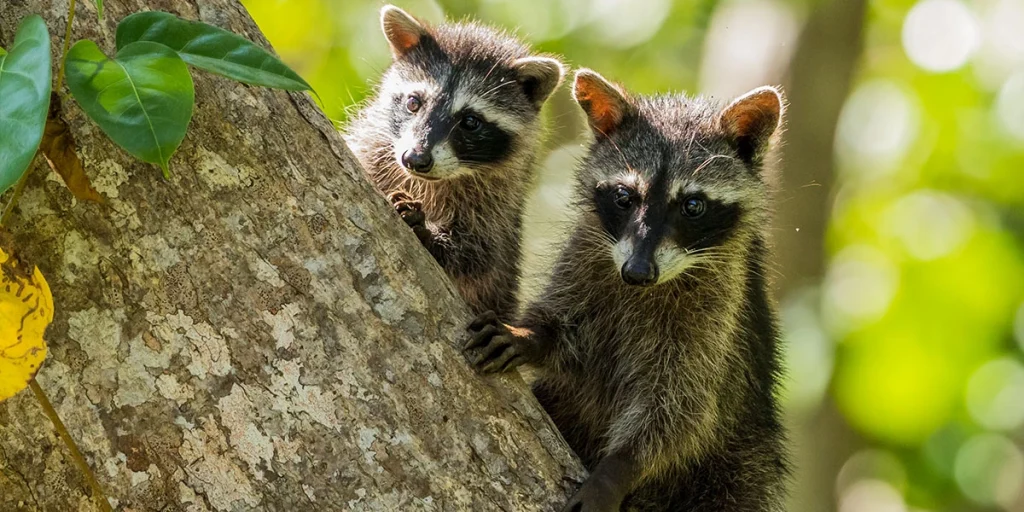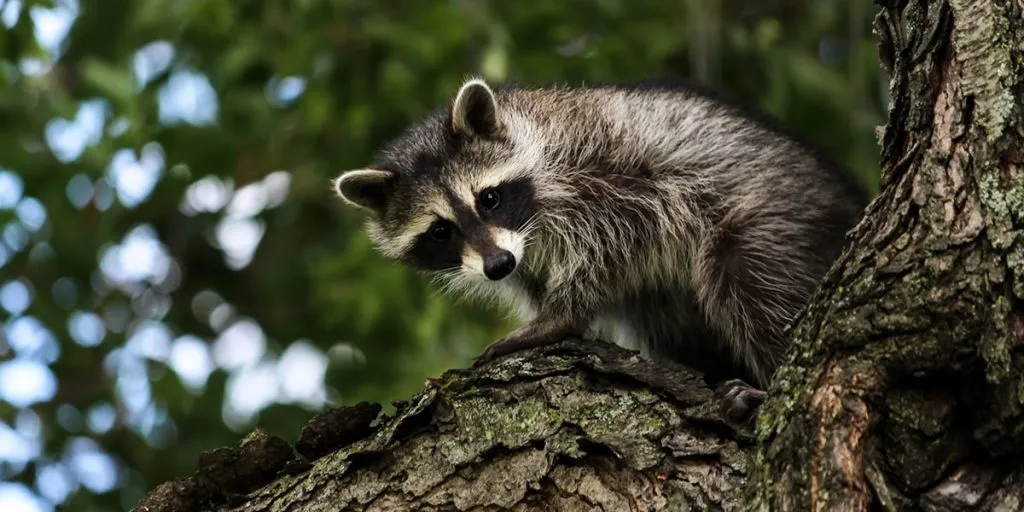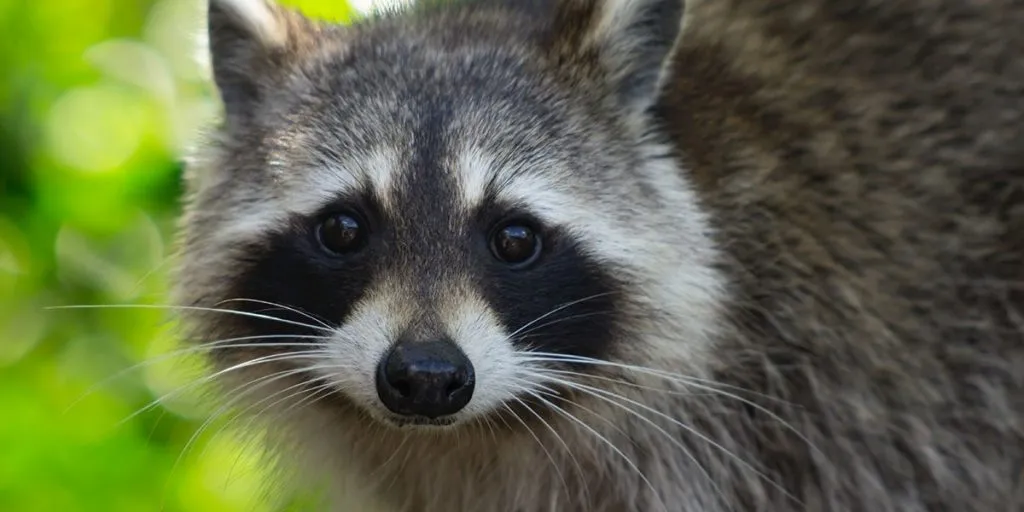The diet of a baby raccoon does not differ much from that of a fully grown adult, except for the first few weeks. Baby raccoons do not eat any solid foods for the first 6 weeks after birth, which is when the newborns are solely dependent on their mother’s milk.
Once the kits start eating solid food, the mother raccoon usually introduces her young to any food available in the area. In captivity, soft and easily digestible foods are preferred.
Once baby raccoons are older than 6 weeks, they will expand their diet beyond milk. A baby raccoon will eat foods such as insects, fish, frogs, snails, but also nuts, fruits, or small mammals. Kits will eat a lot of food found near water, as this is where wild raccoons prefer to forage and hunt.
Best Things To Feed A Baby Raccoon
When you find an abandoned or orphaned baby raccoon, providing the animal(s) with raccoon milk is usually not an option. This is where replacement feeding is required. Where possible, let an experienced caretaker do this for you. Otherwise, use the feeding guidelines outlined below.
Feed a baby raccoon under 6 weeks kitten replacement milk or a homemade formula consisting of 1 can of condensed milk, 2 cups of whole milk, 2 egg yolks, and 1 teaspoon of corn syrup. Older baby raccoons can eat solid foods like cut fruits and vegetables, fish, uncooked corn, eggs, or chicken meat.
Kits are old enough to start eating solid foods around six weeks. They should weigh around 550 grams and are 12 to 14 inches in length. Their teeth should start growing and they will develop the urge to ‘leave the nest’. This is usually when you can start introducing solid foods into the diet, and decrease bottle feeding.
Newborn Raccoons Exclusively Drink Milk
Like all mammals, newborn raccoons exclusively drink mother’s milk after birth. The mom will provide her kits with all the essential nutrients in the first six weeks of their existence. Baby raccoons will not drink or eat anything else until they have grown enough in size.
When newborns get separated from their mothers for any reason, they can only survive at the mercy of their replacement caretaker(s).
Replacement formula in the form of kitten replacement milk (KMR) is the best surrogate for raccoon milk. The formula for baby cats can be bought in most pet stores. If unavailable, Esbilac milk powder for puppies is another acceptable raccoon milk replacement option.
Feeding Surrogate Milk To A Baby Raccoon
As a rule of thumb, you should never feed a baby raccoon milk that you can buy in the supermarket. Only kitten replacement milk or Esbilic milk powder are acceptable surrogates for raccoon milk. Homemade milk formula is also acceptable, given that the correct recipe is used.
Before starting with KMR, you should start by giving an abandoned baby raccoon unflavored Pedialyte. This is an electrolyte drink used to rehydrate human babies. This drink should solve any acute hydration problems, before you can start feeding the kits KMR formula.
Feeding newborn or very young baby raccoons should be done with an eyedropper at first, quickly moving on to a ‘fake nipple’. Before feeding, do the following:
- Make sure the body is warmed up. A normal body temperature for raccoons is about 102.8 degrees Fahrenheit (39.3 degrees Celsius);
- Keep the animal warm in a blanket or use a lukewarm water bottle;
- Severe dehydration requires immediate veterinary care, otherwise use Pedialyte to rehydrate;
- Determine how much formula to feed based on weight, feed the baby 5% of its body weight in ml/ccs;
- Feed up to 8 times a day in 3-hour intervals, also make sure to feed the baby raccoon at night.
Baby Raccoon Diet After 6 Weeks
Once the babies are nursed back to health and have grown enough in size, solid foods can slowly be introduced. At first, you should mix some egg yolk or rice cereal into the formula to ease the animals into their new diet.
Next to the milk, you can start offering some crushed fruits, such as apple sauce. Eventually, you can start decreasing the dependency on replacement milk formula.
Soon enough, you’ll recognize that kits will want to eat practically anything and become less dependent on the formula. They are true omnivores and will eat any solid food from vegetables to mealworms, and from grain-free dog food to mice. You can let the animals eat a varied diet whenever they want, as long as you keep their weight healthy.
Kits Are Omnivores, Just Like Adult Raccoons
As raccoon kits start reaching adulthood, their natural instincts will make them more independent. They will hunt on their own and forage whenever they can. As opportunistic as a ‘trash panda’ can be, it loves to feed near water the most.
If you’re dealing with a pet raccoon and want to recreate the natural circumstances of their wild counterparts, give them the opportunity to hunt live prey. This can be insects or small (cray)fish, for example. This will make feeding more interesting and keep the animals away from boredom.
While raccoons can be kept as pets in some US states, remember that you’re still dealing with wildlife. Raccoons are no ordinary pets and ultimately belong in the wild. This means a raccoon can bite and can even pose a risk to other pets. Also remember that saving an orphaned kit might pose a rabies or distemper virus risk, even when no symptoms are shown.



